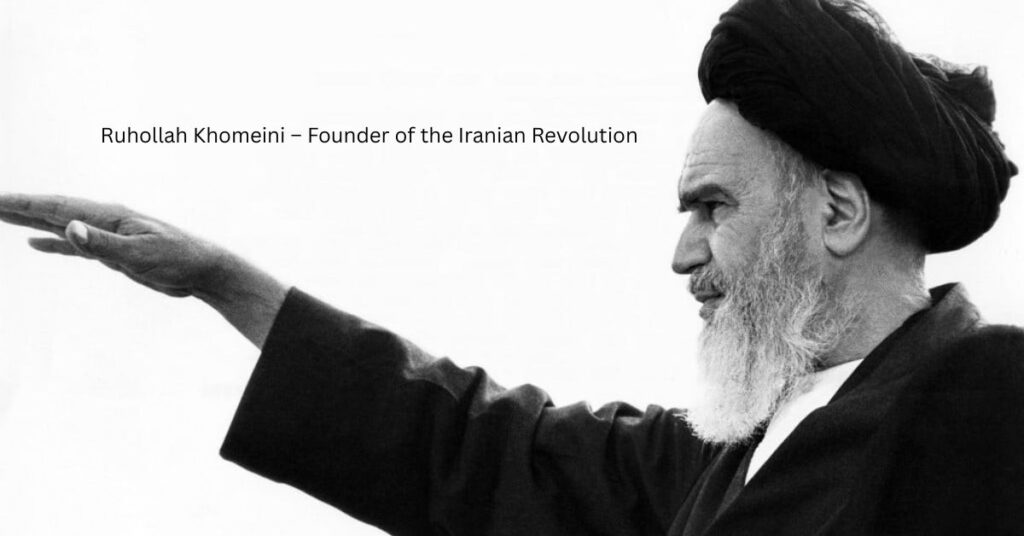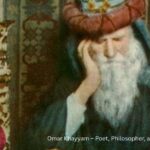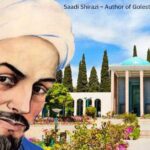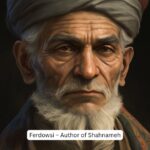Introduction
Ruhollah Khomeini, widely known as Ayatollah Khomeini, was one of the most influential figures of the 20th century. He is best remembered as the founder of the Iranian Revolution of 1979, which transformed Iran from a monarchy under Shah Mohammad Reza Pahlavi into an Islamic Republic. Revered by his supporters as a spiritual guide and revolutionary leader, Khomeini’s legacy remains deeply embedded in Iran’s political and religious framework.
Early Life and Education
Born on 24 September 1902 in the small town of Khomein, Iran, Ruhollah Musavi Khomeini belonged to a family of religious scholars. His father, Sayyid Mostafa Musavi, was also a cleric but was killed when Khomeini was just an infant. Raised by his mother and relatives, Khomeini developed a strong connection to religious traditions early in life.
He pursued Islamic studies in Arak and later in Qom, where he became a distinguished scholar in philosophy, jurisprudence, and theology. His deep knowledge and teaching ability soon earned him the title of Ayatollah, a recognition given to leading Shi’a scholars.
Opposition to the Shah’s Rule
Khomeini’s political activism began in the 1940s and 1950s, but it was in the 1960s that he emerged as a prominent voice against the Shah. He strongly criticized Mohammad Reza Pahlavi for his Westernization policies, corruption, and close ties with the United States.
In 1963, Khomeini openly opposed the Shah’s White Revolution, a set of modernization reforms. His speeches against the regime led to his arrest, sparking mass protests across Iran. Eventually, the government forced him into exile in 1964, during which he lived in Turkey, Iraq, and later France.
Leadership in Exile
While in exile, Khomeini continued to mobilize opposition against the Shah. His writings and speeches, often smuggled into Iran through tapes and leaflets, inspired millions of Iranians. He argued that the Shah’s rule was illegitimate and emphasized the need for governance based on Islamic principles.
From his base in Paris, Khomeini gained international media attention. His message of resistance reached not only Iranians but also the global community, making him a recognized revolutionary leader.
The 1979 Iranian Revolution
The growing discontent among Iranians due to economic struggles, political repression, and loss of cultural identity culminated in massive protests throughout 1978. Despite the Shah’s attempts to suppress the movement, the revolution gained unstoppable momentum.
In February 1979, Ruhollah Khomeini returned to Iran after 15 years in exile, greeted by millions of supporters. Within days, the monarchy collapsed, and the Shah fled the country. Khomeini declared the establishment of the Islamic Republic of Iran, becoming its Supreme Leader.
Political Philosophy and Governance
Khomeini introduced the concept of “Velayat-e Faqih” (Guardianship of the Islamic Jurist), which became the foundation of Iran’s new political system. According to this principle, a qualified Islamic jurist should hold ultimate authority over the state to ensure laws and governance align with Islamic teachings.
Under his leadership, Iran underwent sweeping changes:
- Western influence was reduced.
- A new constitution was adopted in 1979.
- Religious institutions became central to governance.
Legacy and Controversy
Ruhollah Khomeini passed away on 3 June 1989, leaving behind a mixed legacy. Supporters hail him as the man who restored independence, Islamic identity, and national pride to Iran. Critics, however, argue that his policies led to restrictions on personal freedoms, strained international relations, and strict enforcement of religious law.
Regardless of perspective, his role as the founder of the Iranian Revolution is undeniable. Khomeini reshaped not only Iran but also the wider Middle East, inspiring Islamic movements and influencing global politics.
Conclusion
Ruhollah Khomeini remains one of history’s most pivotal leaders. His life journey—from a humble scholar in Qom to the Supreme Leader of the Islamic Republic of Iran—demonstrates the power of faith-driven leadership in transforming nations. The Iranian Revolution he spearheaded continues to shape the country’s political, cultural, and religious landscape even decades after his death.




